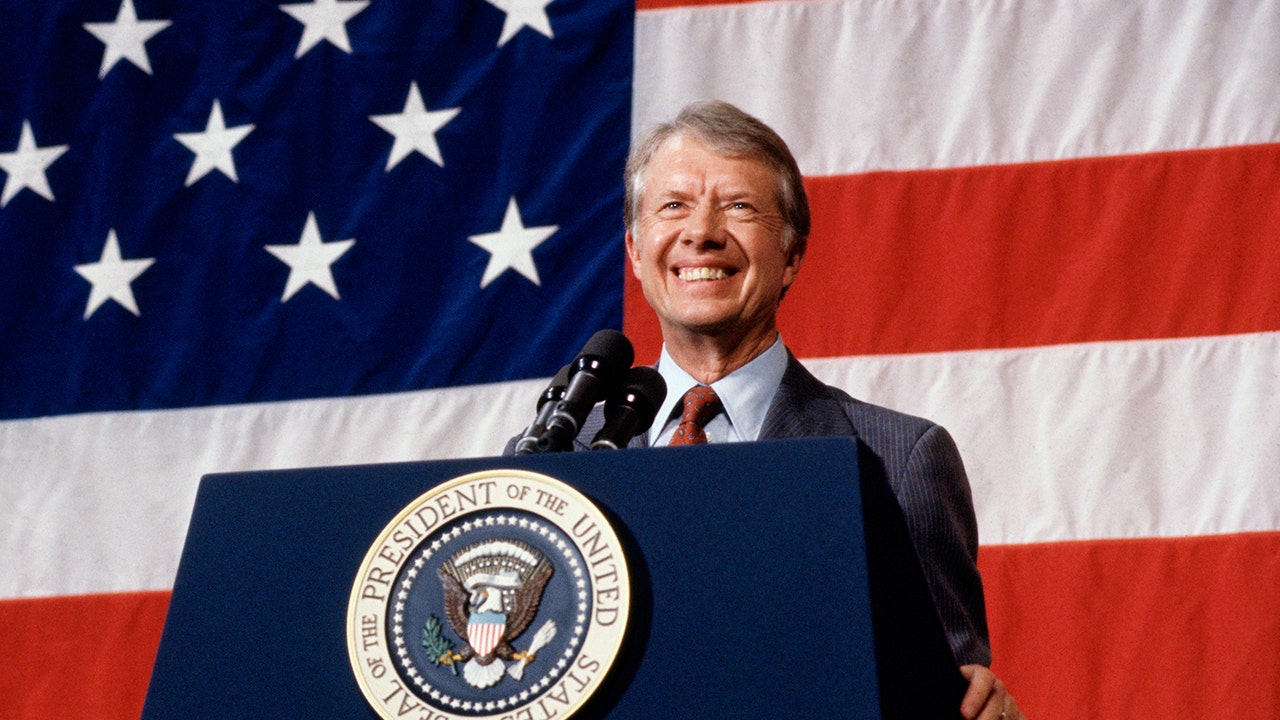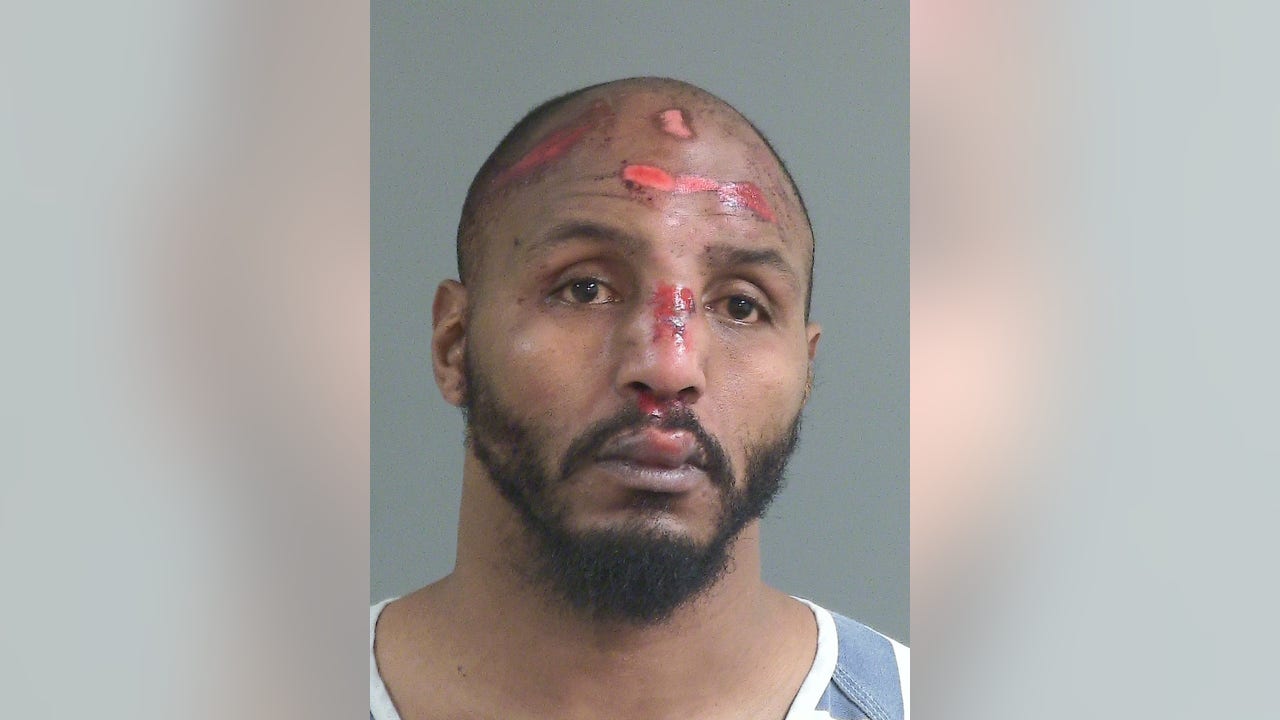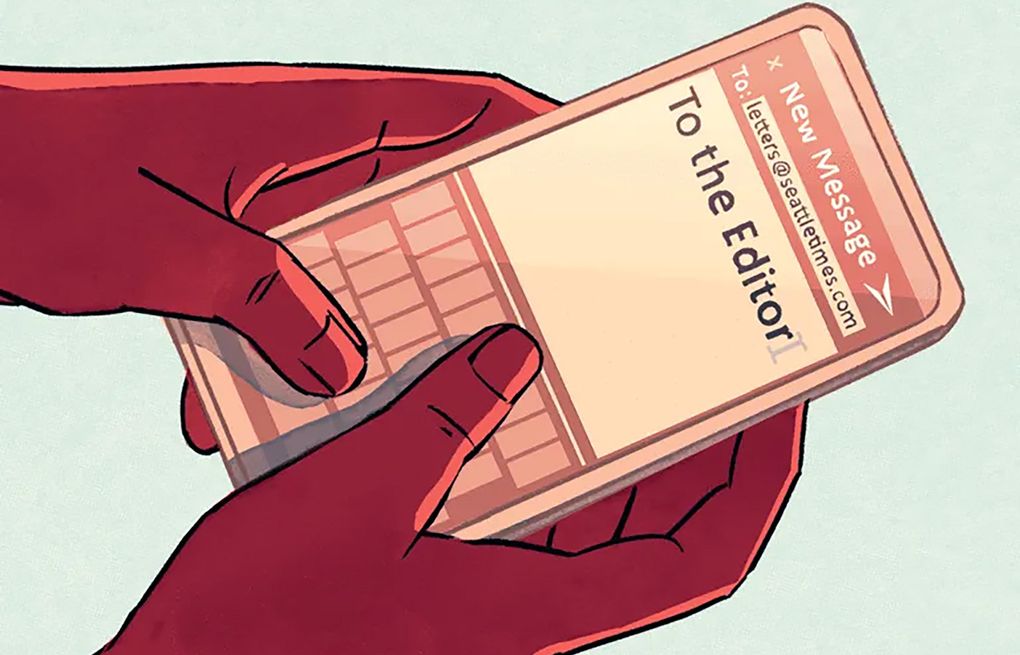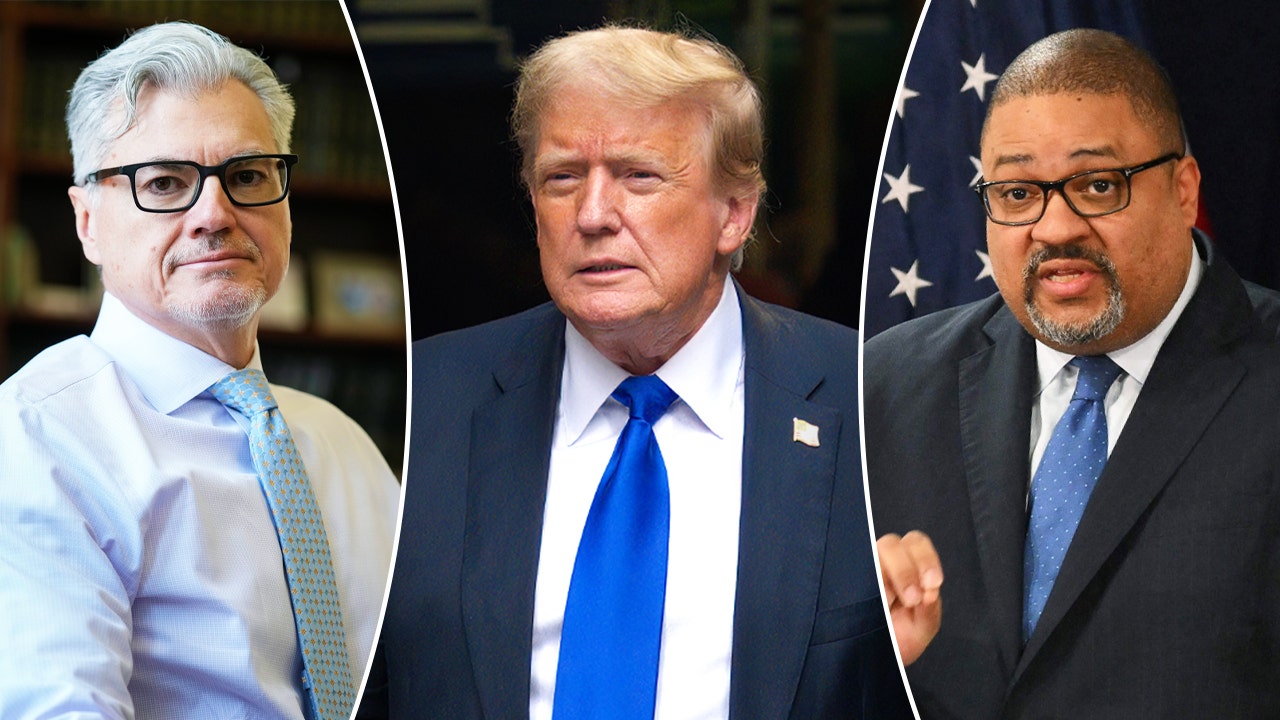New York
Turning New York’s Stately Public Library Into a Place ‘to Hang Out In’

The palatial Beaux-Arts library on Fifth Avenue guarded by a pair of stone lions was not where Farrah Denson wanted to be when she was a teenager growing up on the Upper West Side.
It was too formal and too intimidating, she recalled. She felt like she had to be on her best behavior and not touch anything. And she dreaded climbing all the steps to the main entrance.
“I felt like I was going to a courthouse,” said Ms. Denson, now 34, who lives in Jersey City. “It wasn’t a place you’d want to hang out in.”
Today, the New York Public Library’s celebrated research library — officially known as the Stephen A. Schwarzman building — is still as imposing as ever, set in its elegant lot in the middle of the skyscrapers of Midtown Manhattan, but it has become a far more welcoming place.
An ongoing $200 million renovation of the 1911 landmark has sought to open its doors and world-famous collections to more people — and not just the scholars and authors that have long traipsed through its marble halls — as the demand for public space in a crowded city has soared since the pandemic.
Last month, a new entrance opened along 40th Street, allowing visitors to bypass the Fifth Avenue front steps and come around the side through a tranquil, shaded outdoor plaza with benches. That was what finally brought Ms. Denson back to the library this week.
“I knew there was something different,” Ms. Denson said after spotting the plaza from the street. “It’s like a retreat. This might be my little spot.”
The library has also upgraded public restrooms, significantly expanded the gift shop and transformed what was a simple food cart run by Amy’s Bread into a full cafe.
Just off the lobby, a room that was used to store maps has been transformed into a visitor’s center with a detailed model of the building as well as interactive screens to provide an overview of the library’s history and collections.
Replicas of artifacts have been set out on tables in the visitors center to be seen and touched. There is a model of Augusta Savage’s sculpture, “Lift Every Voice and Sing,” from the 1939 New York World’s Fair, and a poster by Keith Haring about the AIDS crisis.
“We want everyone to feel like that they own the collections and everything the library has to offer and feel welcome,” said Anthony W. Marx, the president of the New York Public Library, which is the nation’s largest library system with 88 branches and four research centers.
Mr. Marx recalled that he did not feel welcome himself at the library as a teenager in the 1970s. “I remember walking by the main building and just thinking, That looks super fancy, and I was intimidated,” he said. “I didn’t walk in. I thought, That’s not for folks like me, that’s for just fancy folks.”
It was not until Mr. Marx was in his 30s that he actually stepped inside. Now he has an office in the building and has led the efforts to make it more inviting. The current renovation was paid for almost entirely with private money.
But even as library officials have sought to reach more people, they have once again faced the threat of crippling budget cuts to their programs. In January, Mayor Eric Adams proposed $36 million in potential reductions to the city’s three public library systems, only to later relent under intense pressure from the library’s supporters.
“Every year when this happens, the public says no, the libraries are different,” Mr. Marx said. “They are an essential part of the public fabric of this city that reaches the rich and the poor.”
The latest renovation of the research library, which began in 2020 and is expected to be completed in 2024, is part of a plan by library officials to create a Midtown library campus anchored by the research library and the lending library across the street, said Iris Weinshall, the library’s chief operating officer. The aim was to encourage people to go back and forth between them. The lending library, formerly known as the Mid-Manhattan Library, opened as the Stavros Niarchos Foundation Library in 2021 after a separate $200 million renovation.
Inside the research library, a permanent installation of highlights from its collections was added in 2021 to show people what they were missing. The Polonsky Exhibition of the New York Public Library’s Treasures has displayed on a rotating basis more than 1,000 items that had been squirreled away in vaults and back rooms — including Charles Dickens’s writing desk, a 1783 pastel portrait of Benjamin Franklin and six first editions of Shakespeare’s collected works.
As of this week, the free exhibit has drawn nearly one million visitors.
Luca Prudencio, 27, a tourist from Bolivia, recently stopped by the visitor center and exhibit, but said he did not get to see everything. So the next time he comes to New York, the library will be at the top of his list.
“I find it really engaging,” he said. “It’s definitely not a boring library.”

New York
New York’s Chinese Dissidents Thought He Was an Ally. He Was a Spy.

The Chinese government’s paranoia about overseas dissidents can seem strange, considering the enormous differences in power between exiled protesters who organize marches in America and their mighty homeland, a geopolitical and economic superpower whose citizens they have almost no ability to mobilize. But to those familiar with the Chinese Communist Party, the government’s obsession with dissidents, no matter where in the world they are, is unsurprising. “Regardless of how the overseas dissident community is dismissed outside of China, its very existence represents a symbol of hope for many within China,” Wang Dan, a leader of the Tiananmen Square protests who spent years in prison before being exiled to the United States in 1998, told me. “For the Chinese Communist Party, the hope for change among the people is itself a threat. Therefore, they spare no effort in suppressing and discrediting the overseas dissident community — to extinguish this hope in the hearts of people at home.”
To understand the party’s fears about the risks posed by dissidents abroad, it helps to know the history of revolutions in China. “Historically, the groups that have overthrown the incumbent government or regime in China have often spent a lot of time overseas and organized there,” says Jessica Chen Weiss, a professor of China studies at Johns Hopkins University. The leader Sun Yat-sen, who played an important role in the 1911 revolution that dethroned the Qing dynasty and led eventually to the establishment of the People’s Republic of China, spent several periods of his life abroad, during which he engaged in effective fund-raising and political coordination. The Communist Party’s own rise to power in 1949 was partly advanced by contributions from leaders who were living overseas. “They are very sensitive to that potential,” Weiss says.
“What the Chinese government and the circle of elites that are running China right now fear the most is not the United States, with all of its military power, but elements of unrest within their own society that could potentially topple the Chinese Communist Party,” says Adam Kozy, a cybersecurity consultant who worked on Chinese cyberespionage cases when he was at the F.B.I. Specifically, Chinese authorities worry about a list of threats — collectively referred to as the “five poisons” — that pose a risk to the stability of Communist rule: the Uyghurs, the Tibetans, followers of the Falun Gong movement, supporters of Taiwanese independence and those who advocate for democracy in China. As a result, the Chinese government invests great effort in combating these threats, which involves collecting intelligence about overseas dissident groups and dampening their influence both within China and on the international stage.
Controlling dissidents, regardless of where they are, is essential to China’s goal of projecting power to its own citizens and to the world, according to Charles Kable, who served as an assistant director in the F.B.I.’s national security branch before retiring from the bureau at the end of 2022. “If you have a dissident out there who is looking back at China and pointing out problems that make the entire Chinese political apparatus look bad, it will not stand,” Kable says.
The leadership’s worries about such individuals were evident to the F.B.I. right before the 2008 Beijing Olympics, Kable told me, describing how the Chinese worked to ensure that the running of the Olympic flame through San Francisco would not be disrupted by protesters. “And so, you had the M.S.S. and its collaborators deployed in San Francisco just to make sure that the five poisons didn’t get in there and disrupt the optic of what was to be the best Olympics in history,” Kable says. During the run, whose route was changed at the last minute to avoid protesters, Chinese authorities “had their proxies in the community line the streets and also stand back from the streets, looking around to see who might be looking to cause trouble.”
New York
Hochul Seeks to Limit Private-Equity Ownership of Homes in New York

Gov. Kathy Hochul of New York on Thursday proposed several measures that would restrict hedge funds and private-equity firms from buying up large numbers of single-family homes, the latest in a string of populist proposals she intends to include in her State of the State address next week.
The governor wants to prevent institutional investors from bidding on properties in the first 75 days that they are on the market. Her plan would also remove certain tax benefits, such as interest deductions, when the homes are purchased.
The proposals reflect a nationwide effort by mostly Democratic lawmakers to discourage large firms from crowding out individuals or families from the housing market by paying far above market rate and in cash, and then leasing the homes or turning them into short-term rentals.
Activists and some politicians have argued that this trend has played a role in soaring prices and low vacancy rates — though low housing production is widely viewed as the main driver of those problems.
If Ms. Hochul was inviting a fight with the real estate interests who have backed her in the past, she did not seem concerned. She even borrowed a line from Jimmy McMillan, who ran long-shot candidacies for governor and mayor as the founder of the Rent Is Too Damn High Party.
“The cost of living is just too damn high — especially when it comes to the sky-high rents and mortgages New Yorkers pay every month,” Ms. Hochul said in a written statement.
James Whelan, president of the Real Estate Board of New York, said his team would review the proposal, but characterized it as “another example of policy that will stifle investment in housing in New York.”
The plan — the specifics of which will be negotiated with the Legislature — is one of several recent proposals the governor has made with the goal of addressing the state’s affordability crisis. Voters have expressed frustration about the high costs of housing and basic goods in the state. This discontent has led to political challenges for Ms. Hochul, who is likely to face rivals in the 2026 Democratic primary and in the general election.
In 2022, five of the largest investors in the United States owned 2 percent of the country’s single-family rental homes, most of them in Sun Belt and Southern states, according to a recent report from the federal Government Accountability Office. The report stated that it was “unclear how these investors affected homeownership opportunities or tenants because many related factors affect homeownership — e.g., market conditions, demographic factors and lending conditions.”
Researchers at Harvard University found that “a growing share of rental properties are owned by business entities and medium- and large-scale rental operators.”
State officials were not able to offer a complete picture of how widespread the practice was in New York. They said local officials in several upstate cities had told them about investors buying up dozens of homes at a time and turning them into rentals.
The New York Times reported in 2023 that investment firms were buying smaller buildings in places like Brooklyn and Queens from families and smaller landlords.
Ms. Hochul’s concern is that these purchases make it harder for first-time home buyers to gain a foothold in the market and can lead to more rental price gouging.
“Shadowy private-equity giants are buying up the housing supply in communities across New York, leaving everyday homeowners with nowhere to turn,” she said in a statement on Thursday. “I’m proposing new laws and policy changes to put the American dream of owning a home within reach for more New Yorkers than ever before.”
Cracking down on corporate landlords became a prominent talking point in last year’s presidential election. On the campaign trail, Vice President Kamala Harris called on Congress to pass previously introduced legislation eliminating tax benefits for large investors that purchase large numbers of homes.
“It can make it impossible then for regular people to be able to buy or even rent a home,” Ms. Harris said last summer.
In August, Representative Pat Ryan, Democrat of New York, called on the Federal Trade Commission to investigate price gouging by private-equity firms in the housing market. He cited a study that estimated that private-equity firms “are expected to control 40 percent of the U.S. single-family rental market by 2030.”
Statehouses across the country have recently looked at ways to tackle corporate homeownership. One effort in Nevada, which passed the Legislature but was vetoed by Gov. Joe Lombardo, proposed capping the number of units a corporation could buy in a calendar year. It was opposed by local chambers of commerce and the state’s homebuilders association.
A bill was introduced in the Minnesota State Legislature that would ban the conversion of homes owned by corporations into rentals. It has yet to come up for a vote.
At the federal level, Senator Jeff Merkley, Democrat of Oregon, and Representative Adam Smith, Democrat of Washington, introduced joint legislation that would force hedge funds to sell all the single-family homes they own over 10 years.
New York
N.Y. Prosecutors Urge Supreme Court to Let Trump’s Sentencing Proceed

New York prosecutors on Thursday urged the U.S. Supreme Court to deny President-elect Donald J. Trump’s last-ditch effort to halt his criminal sentencing, in a prelude to a much-anticipated ruling that will determine whether he enters the White House as a felon.
In a filing a day before the scheduled sentencing, prosecutors from the Manhattan district attorney’s office called Mr. Trump’s emergency application to the Supreme Court premature, saying that he had not yet exhausted his appeals in state court. They noted that the judge overseeing the case plans to spare Mr. Trump jail time, which they argued undermined any need for a stay.
The prosecutors, who had secured Mr. Trump’s conviction last year on charges that he falsified records to cover up a sex scandal that endangered his 2016 presidential campaign, implored the Supreme Court to let Mr. Trump’s sentencing proceed.
“There is a compelling public interest in proceeding to sentencing,” they wrote, and added that “the sanctity of a jury verdict and the deference that must be accorded to it are bedrock principles in our Nation’s jurisprudence.”
The district attorney’s office has so far prevailed in New York’s appellate courts, but Mr. Trump’s fate now rests in the hands of a friendlier audience: a Supreme Court with a 6-to-3 conservative majority that includes three justices Mr. Trump appointed. Five are needed to grant a stay.
Their decision, coming little more than a week before the inauguration, will test the influence Mr. Trump wields over a court that has previously appeared sympathetic to his legal troubles.
In July, the court granted former presidents broad immunity for official acts, stymying a federal criminal case against Mr. Trump for trying to overturn the 2020 election. (After Mr. Trump won the 2024 election, prosecutors shut down that case.)
The revelation that Mr. Trump spoke this week by phone with one of the conservative justices, Samuel A. Alito Jr., has fueled concerns that he has undue sway over the court.
Justice Alito said he was delivering a job reference for a former law clerk whom Mr. Trump was considering for a government position. But the disclosure alarmed ethics groups and raised questions about why a president-elect would personally handle such a routine reference check.
It is unclear whether Justice Alito will recuse himself from the decision, which the court could issue promptly.
Mr. Trump’s sentencing is scheduled to begin at 9:30 a.m. Friday in the same Lower Manhattan courtroom where his trial took place last spring, when the jury convicted him on all 34 felony counts.
If the Supreme Court rescues Mr. Trump on Thursday, returning him to the White House on Jan. 20 without the finality of being sentenced, it will confirm to many Americans that he is above the law. Almost any other defendant would have been sentenced by now.
“A sentencing hearing more than seven months after a guilty verdict is aberrational in New York criminal prosecutions for its delay, not its haste,” the prosecutors wrote.
The prosecutors also noted that Mr. Trump would most likely avoid any punishment at sentencing. The trial judge, Juan M. Merchan, has signaled he plans to show Mr. Trump leniency, reflecting the practical impossibility of incarcerating a president.
Still, Mr. Trump’s lawyers argued that the sentencing could impinge on his presidential duties. It would formalize Mr. Trump’s conviction, cementing his status as the first felon to occupy the Oval Office.
That status, Mr. Trump’s lawyers wrote in the filing to the Supreme Court, would raise “the specter of other possible restrictions on liberty, such as travel, reporting requirements, registration, probationary requirements and others.”
The court’s immunity ruling also underpinned Mr. Trump’s request to halt his sentencing. In the application, Mr. Trump’s lawyers argued that he was entitled to full immunity from prosecution — as well as sentencing — because he won the election.
“This court should enter an immediate stay of further proceedings in the New York trial court,” the application said, “to prevent grave injustice and harm to the institution of the presidency and the operations of the federal government.”
Mr. Trump’s application was filed by two of his picks for top jobs in the Justice Department: Todd Blanche, Mr. Trump’s choice for deputy attorney general, and D. John Sauer, his selection for solicitor general.
“Forcing President Trump to prepare for a criminal sentencing in a felony case while he is preparing to lead the free world as president of the United States in less than two weeks imposes an intolerable, unconstitutional burden on him that undermines these vital national interests,” they wrote.
Whether that argument will prevail is uncertain. Some legal experts have doubted the merits of Mr. Trump’s application, and lower courts have greeted his arguments with skepticism.
Earlier Thursday, a judge on the New York Court of Appeals in Albany, the state’s highest court, declined to grant a separate request from Mr. Trump to freeze the sentencing.
Prosecutors noted that Mr. Trump had yet to have a full appellate panel rule on the matter, and that he had not mounted a formal appeal of his conviction. Consequently, they argued, the Supreme Court “lacks jurisdiction over this non-final state criminal proceeding.”
Also this week, a judge on the First Department of New York’s Appellate Divison in Manhattan rejected the same request to halt the sentencing.
That judge, Ellen Gesmer, grilled Mr. Trump’s lawyer at a hearing about whether he had found “any support for a notion that presidential immunity extends to president-elects?”
With no example to offer, Mr. Blanche conceded, “There has never been a case like this before.”
In their filing Thursday, prosecutors echoed Justice Gesmer’s concerns, noting that “This extraordinary immunity claim is unsupported by any decision from any court.”
They also argued that Mr. Trump’s claims of presidential immunity fell short because their case concerned a personal crisis that predated his first presidential term. The evidence, they said, centered on “unofficial conduct having no connection to any presidential function.”
The state’s case centered on a sex scandal involving the porn star Stormy Daniels, who threatened to go public about an encounter with Mr. Trump, a salacious story that could have derailed his 2016 campaign.
To bury the story, Mr. Trump’s fixer, Michael D. Cohen, negotiated a $130,000 hush-money deal with Ms. Daniels.
Mr. Trump eventually repaid him. But Mr. Cohen, who was the star witness during the trial, said that Mr. Trump orchestrated a scheme to falsify records and hide the true purpose of the reimbursement.
Although Mr. Trump initially faced sentencing in July, his lawyers buried Justice Merchan in a flurry of filings that prompted one delay after another. Last week, Justice Merchan put a stop to the delays and scheduled the sentencing for Friday.
Mr. Trump faced four years in prison, but his election victory ensured that time behind bars was not a viable option. Instead, Justice Merchan indicated that he would impose a so-called unconditional discharge, a rare and lenient alternative to jail or probation.
“The trial court has taken extraordinary steps to minimize any burdens on defendant,” the prosecutors wrote Thursday.
-

 Business1 week ago
Business1 week agoThese are the top 7 issues facing the struggling restaurant industry in 2025
-

 Culture1 week ago
Culture1 week agoThe 25 worst losses in college football history, including Baylor’s 2024 entry at Colorado
-

 Sports1 week ago
Sports1 week agoThe top out-of-contract players available as free transfers: Kimmich, De Bruyne, Van Dijk…
-

 Politics1 week ago
Politics1 week agoNew Orleans attacker had 'remote detonator' for explosives in French Quarter, Biden says
-

 Politics1 week ago
Politics1 week agoCarter's judicial picks reshaped the federal bench across the country
-

 Politics6 days ago
Politics6 days agoWho Are the Recipients of the Presidential Medal of Freedom?
-

 Health5 days ago
Health5 days agoOzempic ‘microdosing’ is the new weight-loss trend: Should you try it?
-

 World1 week ago
World1 week agoIvory Coast says French troops to leave country after decades















